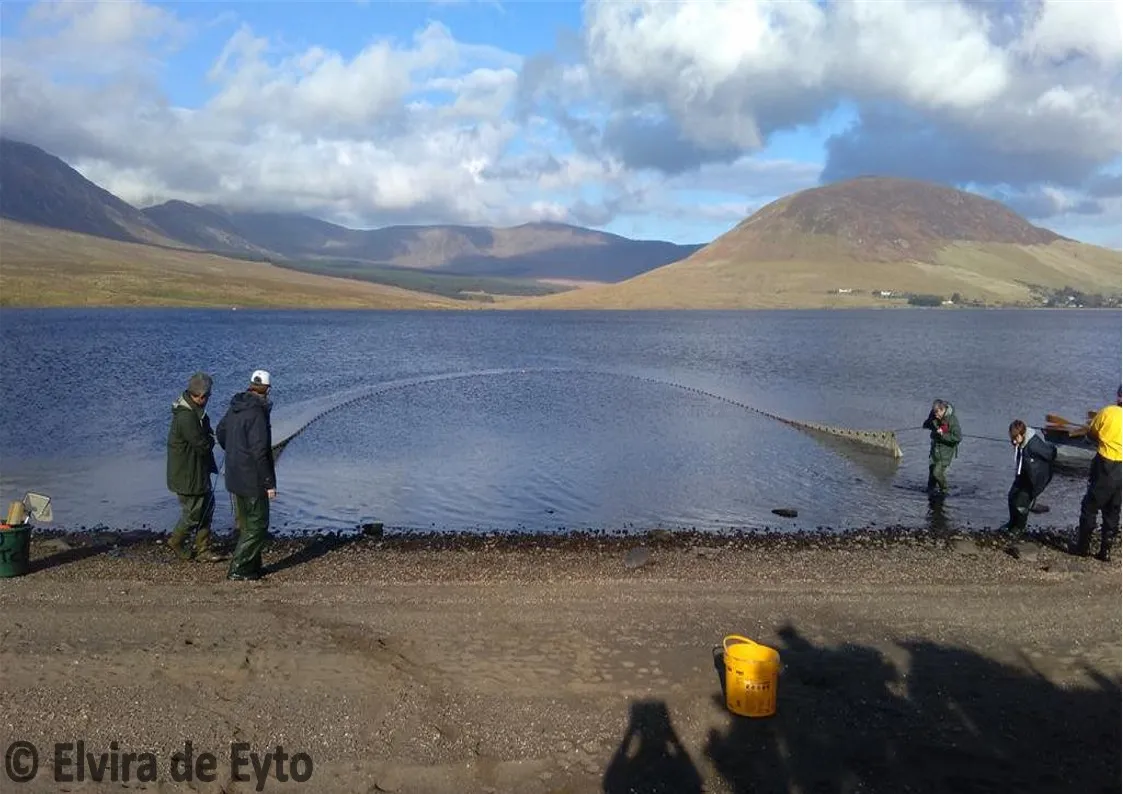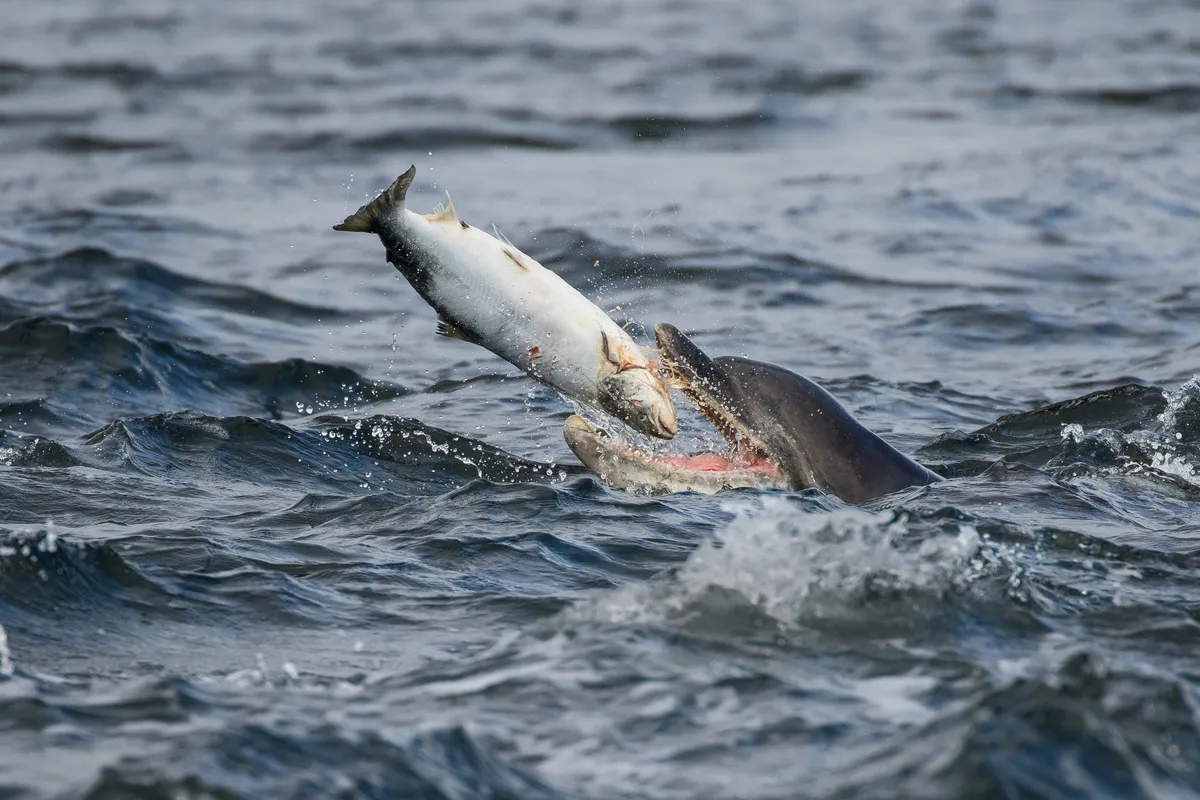Atlantic salmon bred in captivity and later released into the wild produce significantly fewer offspring than their wild-bred counterparts, says a new study.
The research, led by scientists at University College Cork (UCC), also bolsters the consensus that captive-bred fish and their descendants fare worse in the wild overall.
As such, the practice could be causing long-term damage to Atlantic salmon populations.
To carry out the study, scientists analysed four decades of Atlantic salmon data from the Burrishoole catchment in western Ireland, where the country’s Marine Institute operates a research station.

Combined with genetic fingerprinting techniques, the research team was able to determine the “lifetime reproductive success” of individual fish.
On average, Atlantic salmon that began their lives in captivity spawned just 36% of the total number of offspring as wild-bred fish in the same river.
Crucially, the overall productivity of the mixed population was also lower in years in which captive-bred fish comprised a greater fraction of potential spawners.
“The results show that captive-bred fish that are deliberately or inadvertently introduced into the wild contribute fewer offspring to the next generation than wild fish, and are therefore not a substitute for natural wild spawners,” says the study’s co-lead author, Ronan James O’Sullivan.
“Thus, they do not enhance the conservation status of naturally self-sustaining salmon populations.”
In the wild, Atlantic salmon will spend the early parts of their lives in streams and rivers, before migrating out to sea. Once mature, the fish return to freshwater – travelling upstream – in order to spawn offspring of their own and repeat the life cycle.

Due to the low survival rates of juveniles in rivers (as low as 0.3%), the practice of rearing Atlantic salmon in a hatchery – to be released at a later stage – is typically used to boost stocks for commercial fishing or recreational angling.
Yet, according to the study, these methods are creating a “vicious circle” in which they actually increase the salmon population’s reliance on future human intervention.
Further research is still needed to work out what is happening when wild and captive salmon mix, but scientists suspect that hybrid offspring are genetically less well-equipped to deal with life in the river.
As well as scientists based at UCC, the research team also included collaborators from the Marine Institute of Ireland, Queen’s University Belfast, the University of Helsinki and the University of Edinburgh.
Main image: Adult male Atlantic salmon leaping upstream to spawning ground, Topcliffe Weir, River Ribble, South Yorkshire, UK. © Jack Perks/Getty

